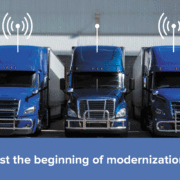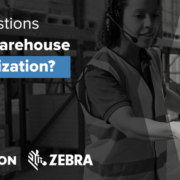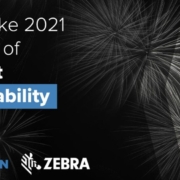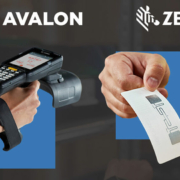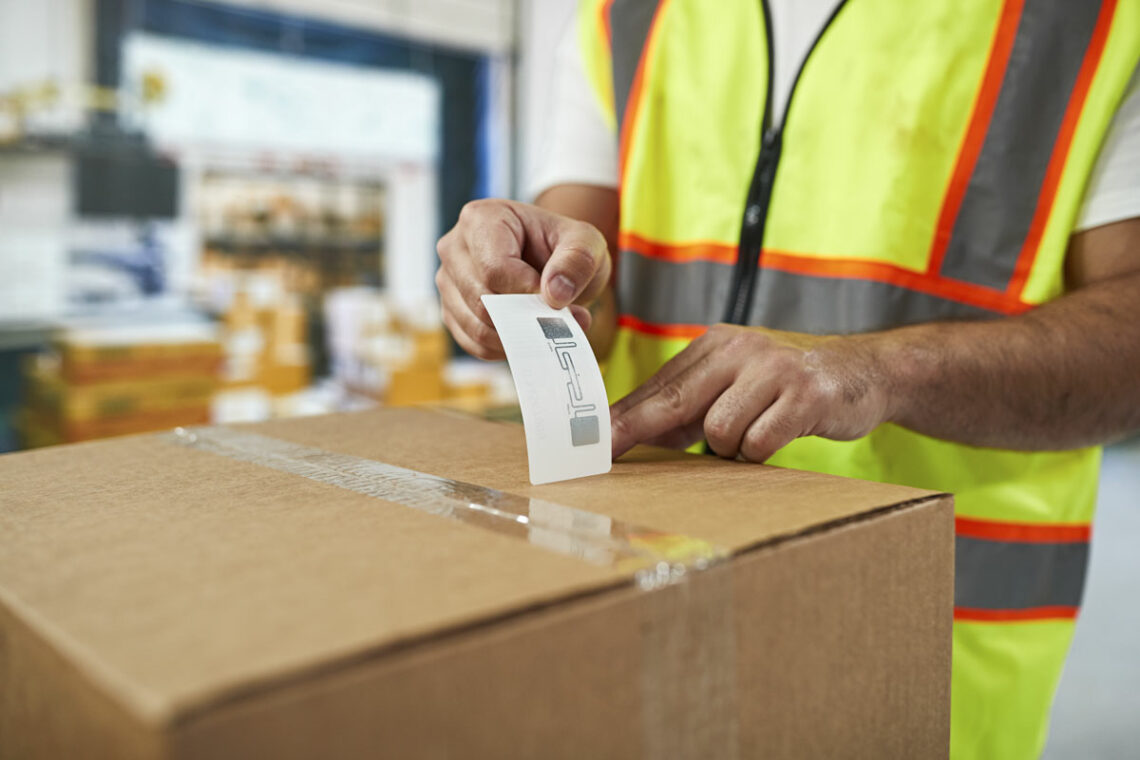As supply chains adapt to accommodate more unique stock-keeping-units (SKUs), tracking individual products from production to shipping has become more complex. Studies suggest that 8 in 10 manufacturing facilities struggle to capture and leverage meaningful data within their operations. Moreover, while a vast majority of decision-makers emphasize the importance of end-to-end traceability, 70% of businesses still operate with incomplete visibility into their vital operations. Lack of clear traceability ultimately contributes to:
- Wasted resources
- Sudden equipment failure
- Recurrent need for rework
- Failure to meet deadlines
- Unclear demand forecasting
- Broken customer loyalty
- Unmet compliance standards
- Jeopardized consumer safety
For the food industry, estimates show that improper visibility costs $10 million per recall, while other manufacturers in the pharmaceutical and automotive industries have seen upwards of 4.85 billion in losses and facility closures. Put simply, compromised track-and-trace can be devastating to a business.
Optimizing Traceability in the Manufacturing Plant
When trying to improve operational visibility, track-and-trace experts recommend defining required data within your operations. Although unique industries may track additional data points, a proficient traceability system should track:
- Supplier lot numbers
- Serial numbers
- Storage status
- Delivery dates
- Raw materials used
- Compliance notes
Tracking these data points for multiple SKUs has proven challenging, especially during high-demand seasons. Current labor shortages pose additional obstacles to ensuring every workflow is accounted for accurately. To fit seamlessly in today’s fast-paced operations, track-and-trace systems must allow quick adoption, leveraging user-friendly interfaces and streamlining workflows. Consequently, two types of technologies have become essential when developing end-to-end visibility.
- Digitized Barcode Scanning
Automated data capture solutions eliminate the probability of errors and missed touchpoints. Furthermore, they allow workers to focus on more important tasks, minimizing stress from manual data input. Next-generation mobile computers and ultra-rugged tablets combine data capture with data processing, updating traceability logs as products move throughout the facility. These same devices can also be used for work-in-process reporting, push-to-talk communications, and cycle counting, thus consolidating multiple workflows through one easy-to-use terminal.For facilities with multiple conveyors and complex loading docks, businesses can fully automate quality checks with fixed industrial scanners, installed in high-influx areas. Scanned data can be transmitted to other IoT devices for immediate action, and into your reporting system for future use. - Real-Time Locationing Systems
Taking barcode scanning a step further, real-time locationing systems can consolidate several data points with fewer tags while also providing in-motion tracking. For example, RFID systems utilize wide-range antennas to locate stored inventory and finished goods. By tracking incoming materials in real-time, facilities may also optimize just-in-time delivery, reducing the risk of overstocking.However, RFID isn’t your only option when developing real-time locationing systems. Intelligent visibility software such as Zebra MotionWorks supports material replenishment systems, safety checklists, and call triggers to connect workers to crucial data anywhere in the four walls
How to Get Started
Before deploying any modernization solution, businesses should run a workflow evaluation to target blind spots and possible challenges. Once your goals and challenges are outlined, our teams work with you in consolidating workflows through technologies that support end-to-end visibility, including:
- Flexible connectivity options
- Seamless app integration with Android
- Push-to-talk communications
- Automated data capture and sharing
To learn more about Zebra’s in-stock devices, contact us here.


